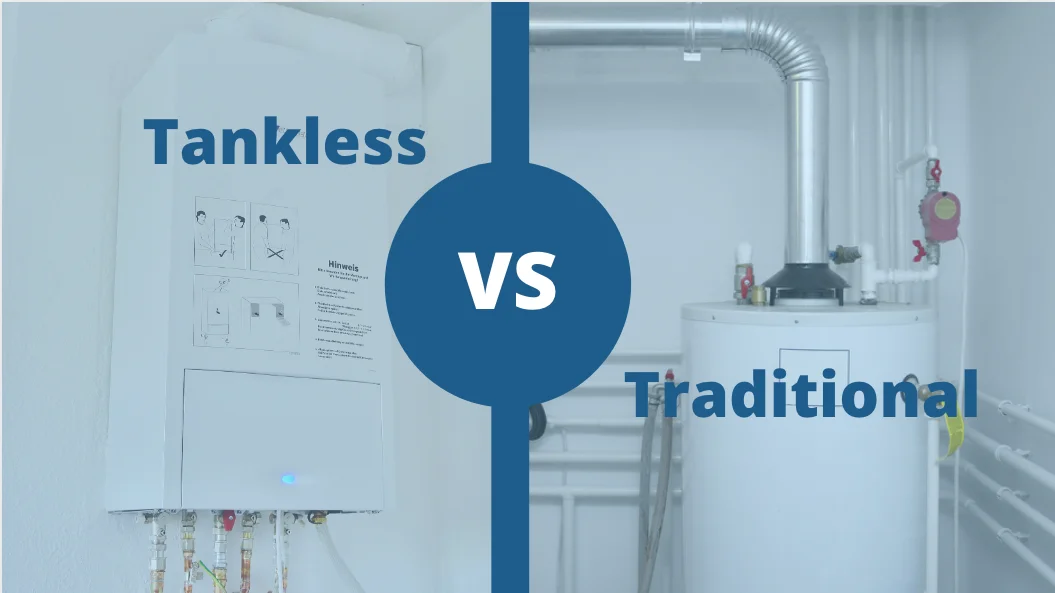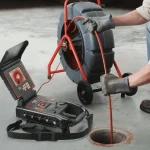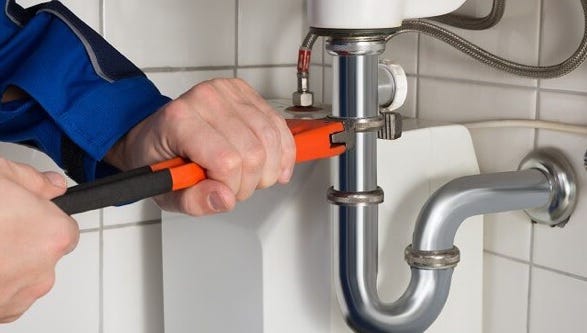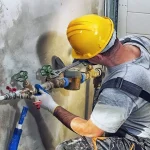When it comes to home comfort, few appliances are as essential as the water heater. Whether you’re washing dishes, taking a shower, or doing laundry, you rely on hot water multiple times a day. But when it’s time to replace your current unit, you may face a key decision: should you go with a traditional water heater or make the switch to a tankless system?
Understanding the differences between these two types can help you make an informed decision that best suits your home’s needs and budget.
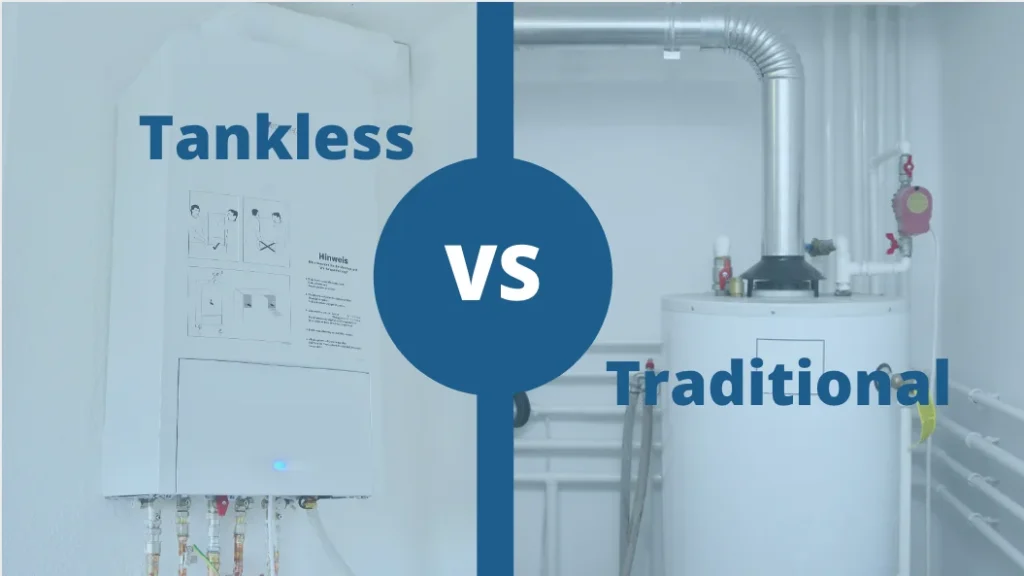
Content
Traditional Water Heaters: The Familiar Option
Traditional water heaters, also known as storage tank water heaters, are the most common type found in homes. They work by continuously heating a large tank—usually between 30 to 80 gallons—of water, so it’s ready for use at any time.
Pros:
- Lower Initial Cost: Traditional units typically have a lower upfront cost compared to tankless models.
- Easier Installation: Because they are more common, installation tends to be quicker and less complex.
- Reliable Performance: For households with moderate hot water usage, traditional water heaters provide consistent access to hot water.
Cons:
- Limited Supply: Once the tank runs out of hot water, you have to wait for it to refill and reheat.
- Higher Energy Bills: These units constantly keep water heated, even when you’re not using it, which can lead to energy waste.
Tankless Water Heaters: The On-Demand Solution
Tankless water heaters, sometimes called “on-demand” systems, heat water only when you need it. Instead of storing hot water, they use powerful heating elements to warm the water instantly as it flows through the unit.
Pros:
- Energy Efficiency: Because they don’t maintain a full tank of hot water, they use less energy and can lower your utility bills.
- Endless Hot Water: Perfect for larger households or homes with high water usage, tankless systems provide continuous hot water without running out.
- Space-Saving Design: Tankless units are compact and can be mounted on a wall, freeing up valuable storage space.
Cons:
- Higher Upfront Cost: These systems are generally more expensive to purchase and install.
- May Require Electrical Upgrades: Depending on your home’s setup, additional work may be needed to accommodate a tankless system.
Which Is Right for You?
The right choice depends on your household’s hot water needs, budget, and energy efficiency goals. If you prefer a lower initial investment and don’t mind the limitations of a storage tank, a traditional water heater may be sufficient. However, if you’re looking for long-term savings, space efficiency, and uninterrupted hot water, a tankless water heater is worth considering.
If you’re unsure which option is best for your home, consult a professional. A qualified Plumber Bourne, Texas can evaluate your current system, usage patterns, and make recommendations tailored to your needs.
For expert advice and reliable installation, contact Pulliam Plumbing Bourne. With over 15 years of experience serving the Texas Hill Country, their team is committed to helping homeowners make the best choice for their comfort and budget.

Christine Kelley is a dedicated home blogger who has been blogging for over six years. She covers everything home related. Christine also loves writing posts about her travels to Europe with her husband and two children.

